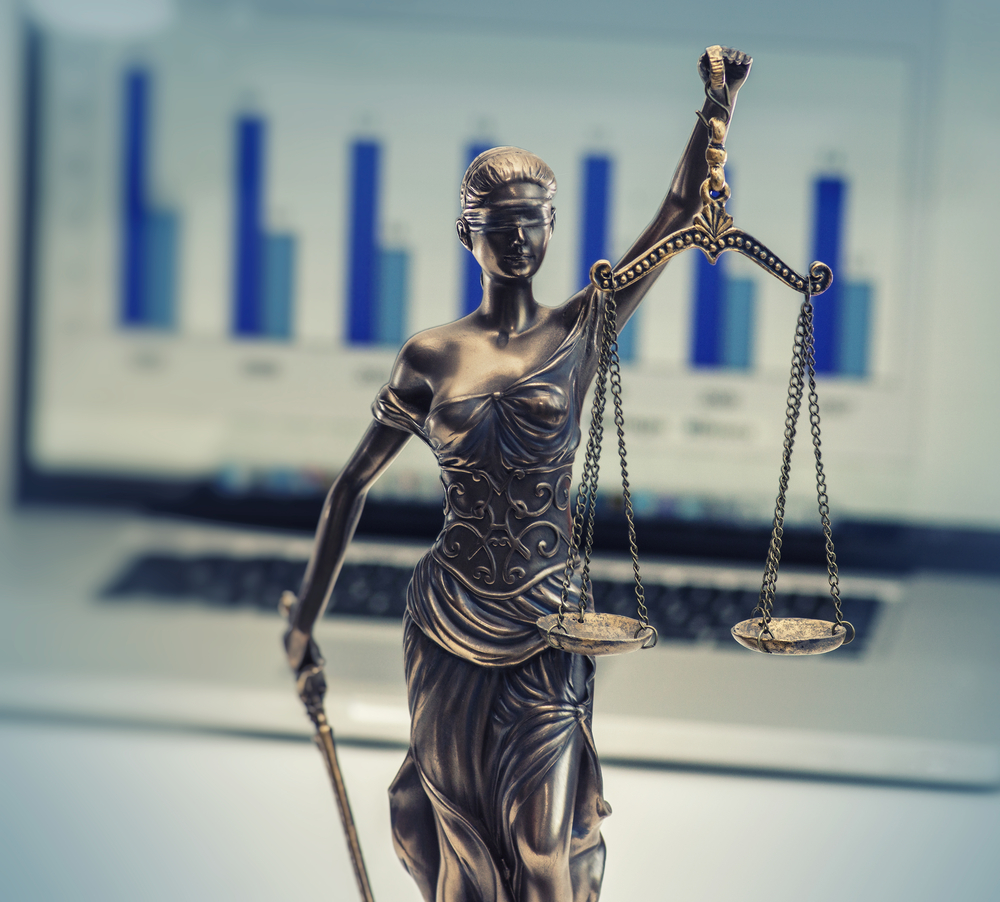Slip and fall accidents send over a million Americans to the emergency room yearly. It’s a leading cause of accidental injury. A serious injury from a fall can result in lost wages, life-altering disabilities, expensive medical, and a host of other significant harms. If you’re dealing with the aftermath of a fall, you’re probably asking yourself, how are slip and fall settlements calculated? While final settlements are hard to predict accurately, here are a few factors that come into play. Our personal injury attorneys in Queens, NY are familiar with the factors that are considered in New York slip and fall settlements.
Calculating Slip and Fall Settlements

Under New York State law, the person who owns or controls a property has a duty to ensure that the premises are in a “reasonably safe condition.” If someone is injured while on another person’s property due to the negligence of the property owner or their employees, that person is entitled to damages. This is known as “premises liability.”
The exact amount of those damages is primarily based on the actual injuries, financial burdens, and other harms caused to the injured party. If the plaintiff also bears some fault for his or her injuries, the final settlement will also be adjusted based on the principle of “comparative negligence.”
How Are Damages Calculated?
Damages are determined based on the actual harms suffered by the plaintiff. Calculating economic damages like medical expenses and lost wages is relatively straightforward and can be done by looking at documents like bills and pay stubs. If the plaintiff has permanent injuries, the courts will look at factors like age and occupation to estimate how the person’s future earning potential may be affected. The court may also estimate the physical therapy costs and other expected medical expenses.
The court may award non-economic damages, such as compensation for pain and suffering or the loss of enjoyment from recreational activities. For example, a person is entitled to damages if their injuries prevent them from playing their favorite sport.
What Is Comparative Negligence, and How Does It Work?
New York is one of 13 states that have comparative negligence laws. This means that a percentage of blame is assigned to each party based on their actions (or lack of action). If the plaintiff is found to bear some responsibility for their injury, the final settlement will be adjusted based on the proportion of fault.
Factors that May Make a Defendant Liable
A property owner may be liable for a fall if their property is in “defective condition” that causes an “open and obvious” hazard. Examples:
- A wet floor without warnings
- A crack in the flooring that remains unrepaired for a long time
- Uneven steps that violate city code
Factors that May Make a Plaintiff Liable
A plaintiff may be at fault if they did something negligent that contributed to their injuries, such as:
- Walking in a restricted area
- Not paying attention to their surroundings
- Entering the premises while impaired
Talk to a Lawyer
If you live in Queens, NY area and want to know what kind of damages to expect from your slip and fall injury, contact Surdez & Perez P.C. for a consultation.


